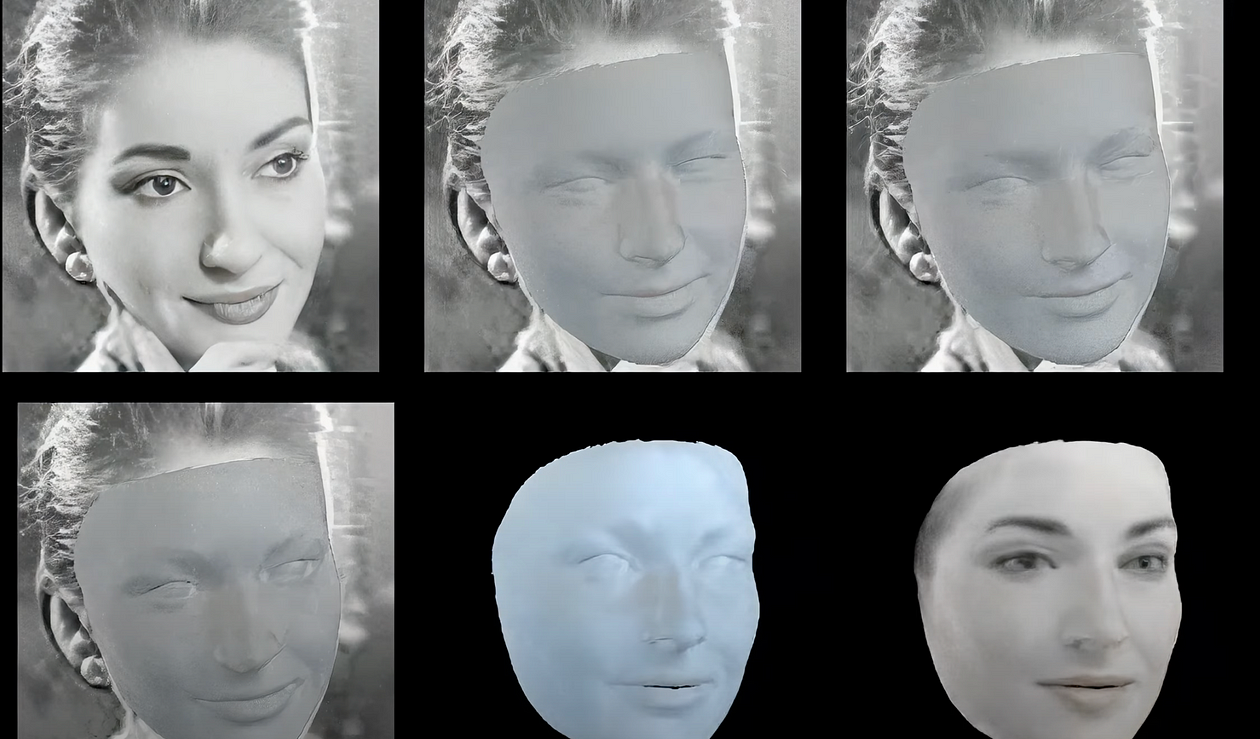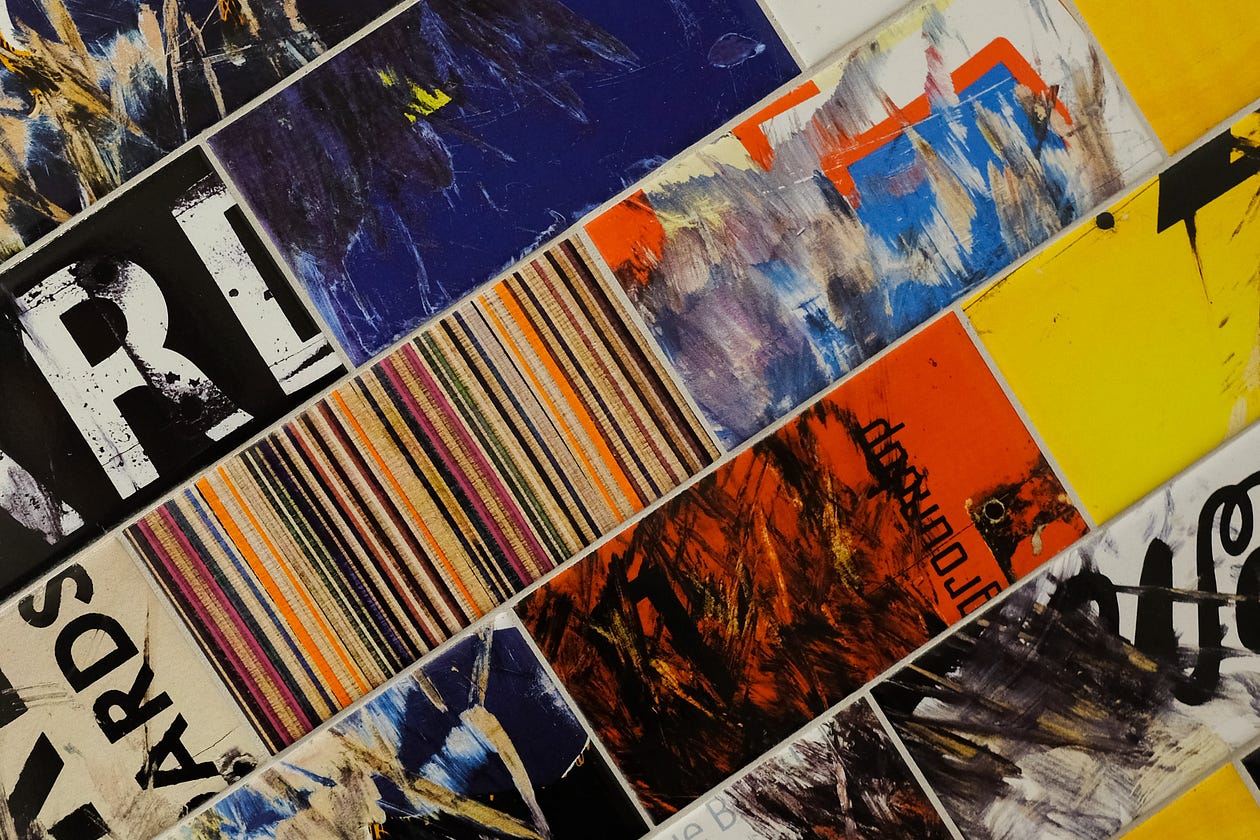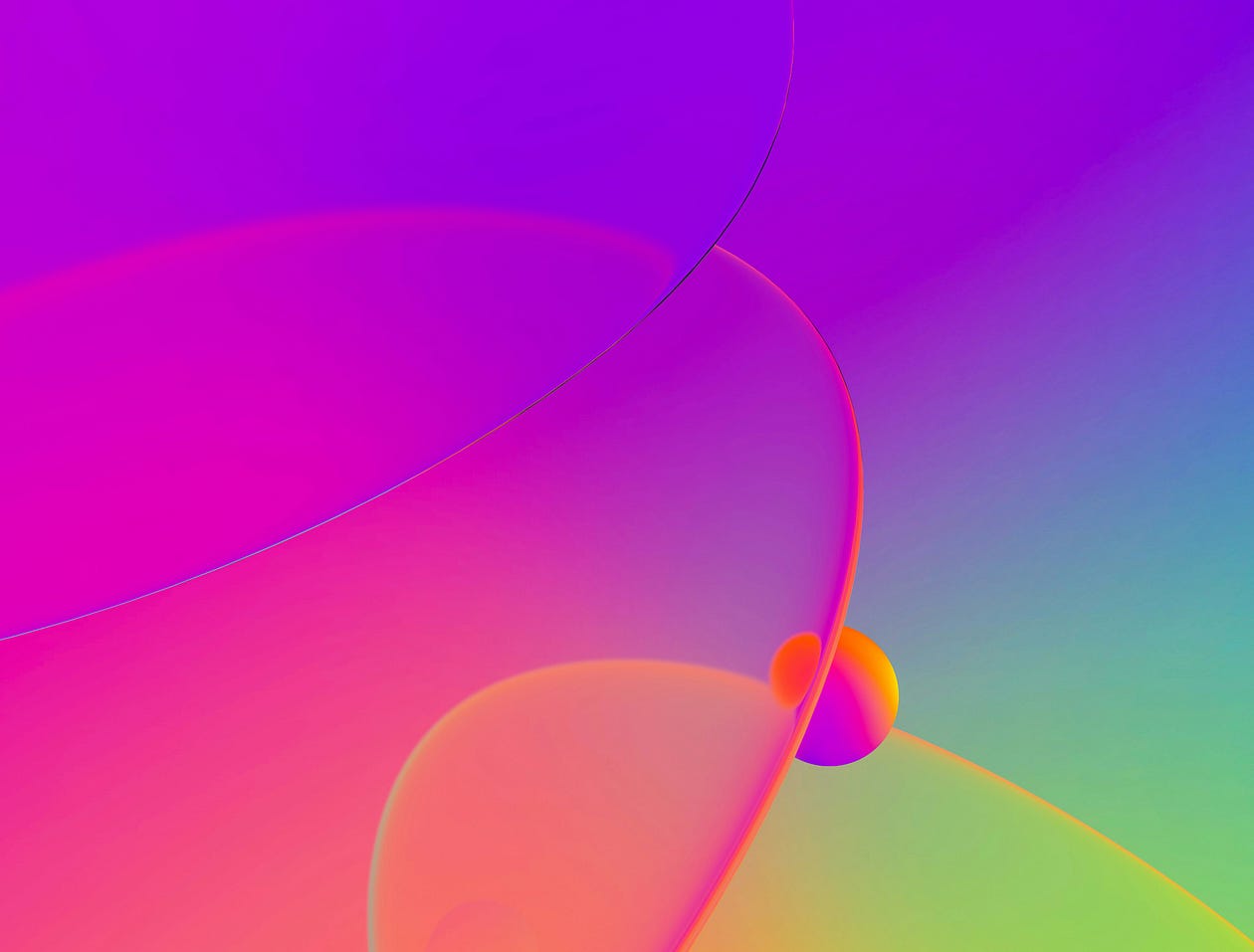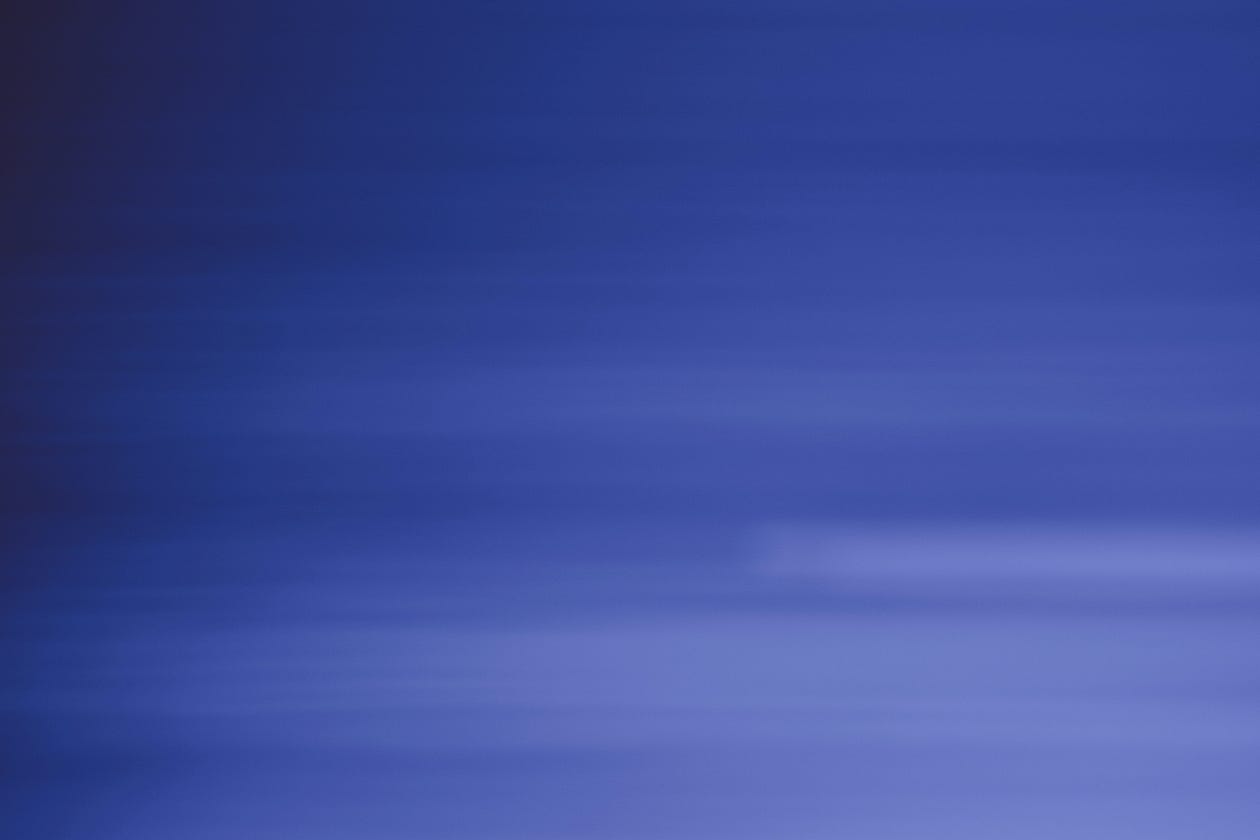And what it means for artists and photographers

Meta, Google, and other startups have flocked to the AI art economy potential. Big tech is pushing investment in art-producing Generative AI and applying the tech to other forms of content creation like music and podcasts. Tech companies are using generative AI to build chatbots that can converse with originality, and it’s no wonder that generative art is dubbed the “second wave” of AI. Much of this technology is some years away, leaving plenty of questions that need answering with regard to ethics and ownership.
Cloud computing companies, providers, and advanced GPU processor developers are primary beneficiaries since generative AI programs require a lot of computational power and data, and many AI programs are used for data analysis. Generative AI brings new things into existence and is not just offering data and insights. In addition, generative AI programs could have potentially lucrative content-creation mechanisms for advertising.
Generative AI opens up revenue streams for tech companies, but there are ethical and legal liability concerns that could dip into profits. Stock agencies like Getty Images and Shutterstock have banned AI-generated images over copyright concerns, and rightly so.
AI image generators are not in the hands of artists.
AI generators are copying artists’ unique styles, and companies could bypass graphic artists and photographers and use AI generators for a fraction of the cost. US copyright law only protects artists against the reproduction of an artist’s actual artwork, not from someone else’s mimicking their style.
Artist Greg Rutkowski is one of the most popular names used by AI generators. Despite never using the technology himself, his fantasy scenes and epic battles have been used 93,000 times on Stable Diffusion alone.
“I feel like something is happening that I can’t control. I’m very concerned about it; it seems unethical. People are pretending to be me.”
Rutkowski is right to be concerned about his work. A common prompt in AI generators is to use the name of an artist to create something new that mimics the artist’s style. In fact, his name remains on many of the artworks produced, but he isn’t earning a cent from any of this output.
DAll-E, Midjourney, and Stable Diffusion have policies in place to prevent their technology from being used in certain ways. For instance, they don’t allow politicians, celebrities, or porn and violent imagery. But what about the protection of living, working artists? Stable Diffusion is working on an opt-out system for artists who don’t want their work used. Rutkowski says that living artists should have been included in the startup discussion.
In defense of artists’ copyright, the Have I Been Trained website checks if your art has been used and can search 5.8 billion online images. The website was created by artists Mat Dryhurst and Holly Herndon and uses bots to help artists opt-out of AI data training sets.
Dune Ban
The Dune SubReddit r/Dune has banned AI-generated art from its network. The content community is devoted to sci-fi films and novels, but it has recently been flooded with AI content. The announcement was made on the community platform to its quarter of a million fans and stated:
“We acknowledge that many of these pieces are neat to look at, and the technology sure is fascinating, but it does technically qualify as low-effort content, especially when compared to original “human made” art, which we would like to prioritize going forward.”
Is this another blow to AI art generator platforms that have also caused stock photo companies to ban non-human artwork, or is it inevitable that AI will eventually dominate and widen the gap between easy amateur art and professionals with years of training?
AI plays a central role in photography
Adobe announced it would incorporate generative AI in its software and wants to remain transparent about standards for how artists control their unique style and workflow, ensuring artists get credit for their original work. Adobe has introduced its Content Authenticity Initiative (CAI) to empower artists. Chief Product Officer Scott Belsky at Adobe Creative Cloud stated that it will:
“never seek to replace human imagination and judgement.
Adobe also announced an update feature for Photoshop with AI Adobe Sensei for photo restoration using Neural Filter, which uses machine learning to detect and remove scratches and other small flaws in old photographs. There are also AI enhancements, such as the content-aware fill to remove dust and unwanted background scenes. Adobe Sensei AI was used 1.3 billion times last year.
At this year’s Adobe Max Keynote, Adobe praised its new AI as a positive for the industry, but when platforms such as DAll-E 2 create new content that is based on source photography, there’s a problem again with copyright. Artists and photographers need to join the discussion with big tech companies before copyright infringement gets out of hand.
The creator economy is a $1 billion industry. AI-generative art is a radical approach to art-making where humans and machines collaborate to produce art with future possibilities for how we are able to work and play. It’s what Venture Beat calls the mediamorphosis of media, where one medium can be transformed into another and be transmuted.
In a quick turnaround, stock photo company Shutterstock has partnered with DALL-E 2 to provide AI-generated stock images. Shutterstock promises to compensate original artists and to be fully transparent about the creation and methodology of an AI-generated image. Photographers will have to wait a few months before this service is rolled out.
Ginger Liu is the founder of Ginger Media & Entertainment, a Ph.D. practice research student in photography and artificial intelligence, and an author, writer, artist, and filmmaker. Listen to the Podcast.







